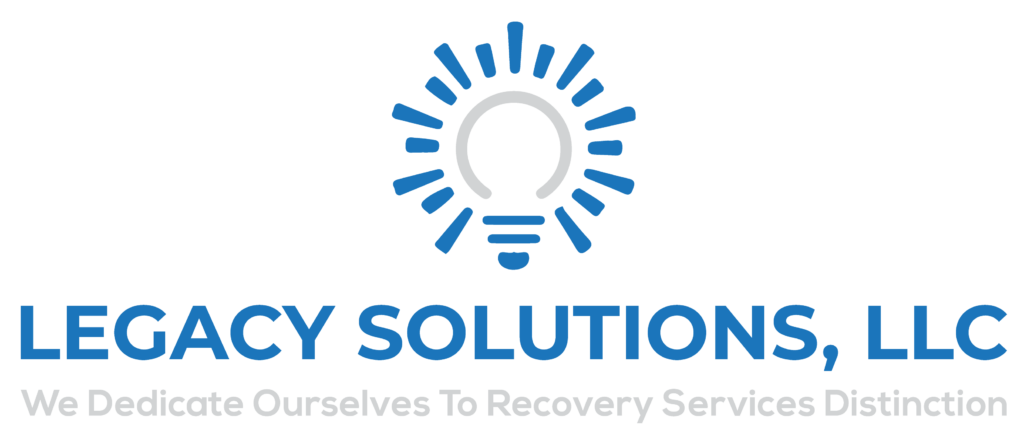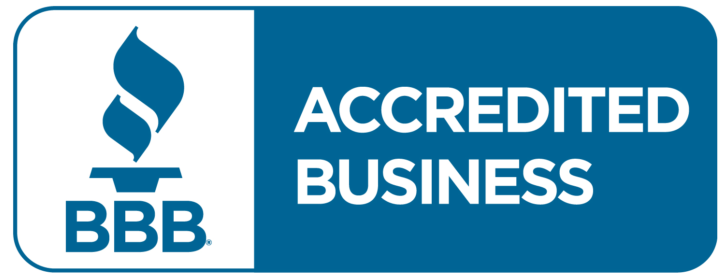
Humans are sensitive to cues indicating that their goals are impeded by others and this activates powerful emotional experiences that motivate behavior to compensate. Some examples include prosocial behavior to reestablish social connection (Maner et al., 2007) or aggression to provoke acknowledgment (Wesselmann et al., 2015). This randomized study provides novel preliminary evidence suggesting that alcohol enhances stages of alcohol poisoning aggressive urges toward ostracizers in those who are not typically aggressive. Those who feel more drunk when intoxicated, compared to those who feel less so, may experience greater recovery from ostracism after aggressing toward an ostracizer hinting at potentially pleasurable effects that must be replicated in future studies. If you do choose to drink, your body’s response to alcohol depends on many factors.

Alcohol’s role in sexual violence perpetration: theoretical explanations, existing evidence and future directions

Some signs to watch for include decreased mood and appetite, memory problems, headache, and fatigue. BAC and blood sugar levels can both be checked with a simple blood or urine test. While you wait, make sure the intoxicated person remains upright and awake. If you believe someone is significantly intoxicated, the first thing to do is to remove any additional alcohol from their immediate surroundings so they can’t continue to drink.
The toxicology of homicide offenders and victims: a review
- What makes Casa Palmera distinct from other treatment facilities is our desire to not only heal the body, but also aiming to heal the mind and spirit.
- When someone is experiencing intoxication, there are strategies that can help them cope and remain safe.
- Even so, recent reviews suggest that alcohol-facilitated aggression may be most evident for those who are not typically aggressive in provocative situations (Leonard & Quigley, 2017).
- Certain factors and personality traits may predispose people to alcohol use disorder.
- Similarly, administration of the serotonin precursor tryptophan blocks self-aggression in primates prone to self-abuse (Weld et al. 1999).
Peak blood plasma concentrations for single doses (25 mg or 0.42 mg/kg body weight) of oral d-amphetamine (40.7 ng/mL and 83 ng/mL) were reached respectively at 210 and 170 min post-drug (Asghar et al., 2003b; Silber et al., 2006). Interestingly, amphetamine blood concentrations (20.7 ng/mL) 115 min post-drug did not differ when d-amphetamine (10 mg) was used either in combination with a single dose of alcohol (0.8 g/kg alcohol) (Kuypers et al., 2016; Simons et al., 2012). Alcohol percentage is determined by the amount of alcohol consumed, the time in which the alcohol was consumed, and body weight. Eating prior to, or while drinking, may also temporarily influence BAC, reducing its effects. Men require more alcohol to achieve these same effects because they are heavier and have a higher percentage of water per pound in their bodies.
- The current review showed that the while the causal link between alcohol and aggression is evident from placebo-controlled experimental studies, this knowledge is still lacking for cocaine and the amphetamines.
- Continued identification of dynamic aggression risk parameters in the context of ostracism and acute alcohol intoxication will get us closer to understanding who is at greatest risk, under which conditions, and what intervention or prevention efforts may be most appropriate.
- The sequence was standardized so that all participants lose 13 of the 25 trials.
Journal of Family Violence
- This tremor has a rate of six to eight cycles per second and appears on electromyography to be an exaggeration of normal physiologic tremor.
- Time to peak subjective effects averages between 14.6 min after insufflation and 3.1 min after injection (Ciccarone, 2011).
- Our design included three beverage conditions (i.e., Alcohol, Placebo, and Control) to delineate the influence of subjective intoxication relative to physiological intoxication on affective reactions and behavioral responses to ostracism.
- A clear threshold blood alcohol concentration has not been defined yet for alcohol, but a statistically significant increase of aggression has been demonstrated at a dose of 0.75 g/kg and higher.
- It can also result in substance intoxication delirium, a type of delirium that is induced by consuming alcohol and other substances.
- The chance of an alcohol overdose is very high here, and medical help should be sought immediately.
Once the participant was back in their experiment room, they completed the Aggression Questionnaire and baseline Affect and Basic Needs Measure on the computer using Inquisit software (Millisecond Software, 2004). As participants were completing these questionnaires, the experimenter prepared their beverages. Questionnaires complete, participants were administered their first of two beverages; the second was administered 10 minutes after the first to control for rate of drinking and prevent emesis.
Effects of alcohol on human aggression: an intergrative research review
Potential (but not yet adequately validated) therapeutic approaches involve reinforcing cognitive processes or pharmacologically modulating serotonergic neurotransmission (and other target processes). Research also indicates that alcoholics who have reduced levels of serotonin in the brain are prone to violent behavior (Virkkunen et al. 1995, 1994b), which may be a product of impaired impulse control. Scott and colleagues (1999), for example, found that perpetrators and victims of assault are more likely to score high in impulsivity and that alcohol further heightens the likelihood of violence among such people. In a series of studies, Virkkunen and colleagues (1995, 1994a, 1994b) found that alcoholic men were particularly prone to violence if they had low concentrations of the serotonin metabolite 5-hydroxyindoleacetic acid (5–HIAA).
How can you help your teen say no to drugs and alcohol?
Getting professional medical help is necessary in situations of extreme alcohol intoxication. That’s because paramedics, physicians, and other medical staff can administer certain treatments to help mitigate the effects of intoxication. Those can include oxygen therapy, a breathing tube that keeps airways clear, or IV fluids for dehydration. If alcohol intoxication has progressed to a critical level, activated charcoal may help stop the devastating effects of alcohol from moving further along or the stomach may need to be pumped to clear its contents.
Domestic violence: The criminal justice response
It is extremely important to us that you receive the highest quality medical care from our qualified staff during your stay. If a person is showing symptoms of alcohol poisoning, emergency services should be contacted immediately. Symptoms of this condition include cool skin, confusion, loss of consciousness, hypothermia, irregular heartbeat, and seizures. Notably, the signs of intoxication don’t always correlate with BAC levels. Some people may not feel or act intoxicated because of their tolerance levels, but they will still have BAC levels over the legal limit. Regarding alcohol, the U.S. considers anyone with a blood alcohol concentration (BAC) of 0.08 or higher intoxicated; individual states can set their own stricter limits.

Violence and drug use are significant public health challenges that are strongly linked. It is known that alcohol plays a major role in the causation of unnatural deaths and that stimulants like cocaine and amphetamine are often implicated in aggressive acts or violence. However, a clear causal relationship between these substances and aggression, and more specifically a blood concentration threshold at which intoxicated aggression emerges is lacking. In case of a crime and subsequent law enforcement, knowledge about dose-response relationships could be of pivotal importance when evaluating the role of alcohol and drugs in aggressive offences. For severe cases of alcohol intoxication, your loved one may be kept in the hospital for observation.
Effects of tryptophan depletion and a simulated alcohol binge on impulsivity
Because non-human primates are genetically our closest relatives, findings from these animals are more likely to have relevance to the human condition than findings from other animals. We chose rhesus macaques for our studies because of their close genetic similarity to humans and because they have the most well-characterized CNS of the nonhuman primates. Rhesus macaques have a similar CNS to humans and, perhaps as a result of this sophisticated CNS, have developed a complex social system. Like that of humans, this social system is based on specific rules for relationships and social behaviors. Moreover, rhesus macaques develop long-lasting social bonds that may endure their life span.


